
Introducing bronze handicraft products in Dai Bai village, Dai Bai commune (Gia Binh, Bac Ninh ). Photo: Thanh Thuong/VNA
Precious heritage of Kinh Bac region
Located on a high strip of land on the banks of the Bai Giang River, Dai Bai village is an ancient village, formerly known as Van Lang village (or called Buoi village by the cotton). The traditional bronze casting and forging profession here has existed for many generations and is still preserved and developed by the villagers. Products such as worshiping objects, bronze statues, bronze paintings... not only bear the mark of national culture but also demonstrate the delicate and skillful craftsmanship of Dai Bai artisans.
With more than 2,300 households operating in the craft village, this is one of the "capitals" of metal handicraft production in the North. Not only is it a bright spot in preserving intangible culture, the craft village also plays a key role in local economic development. It is estimated that the income from small-scale handicrafts in 2024 will reach about 320 billion VND, with an average income per capita of up to 62 million VND/year - an encouraging figure for rural areas.
However, behind the cultural halo is the reality of serious environmental pollution. In the modern flow, craft villages have created a number of new occupations; notably, the activities of condensing, recycling ingots, dregs, scraps of aluminum, copper, metal cleaning, and metal plating. The large amount of waste from these activities, which is not treated, is the main cause of environmental pollution here.
According to a report by the Gia Binh District People's Committee, by March 2025, the craft village had 248 chimneys from metal smelters, but most of them did not have an exhaust gas treatment system. Wastewater from production and daily activities is also often discharged directly into the environment without treatment. Many households recycle aluminum and copper scrap in outdated ways, causing ash, acid, and heavy metals, directly affecting cultivated land and public health.
Not only that, the widespread use of production land, encroachment on ponds and lakes, and uncontrolled conversion of agricultural land have led to ecological space overload. The carrying capacity of the environment and infrastructure has reached its limit, making pollution increasingly serious.
Faced with this situation, in March 2025, Gia Binh district launched a peak period of inspection and handling of violations in craft village production. In just one week, 217 facilities were inspected, many illegal kilns were stopped, and 107 facilities voluntarily dismantled substandard waste discharge facilities.
In addition to administrative measures and handling violations, Gia Binh district authorities have also implemented a communication program to raise awareness and encourage households to voluntarily comply. Long-time artisans such as Mr. Nguyen Xuan Huong, owner of a handicraft production facility in Dai Bai village, said that local people are willing to comply and dismantle incinerators that cause environmental pollution. However, businesses and production households need support from sectors and localities, with specific instructions to resume production when meeting the permitted conditions.
After the environmental cleaning campaign, to meet production conditions, many production facilities in Dai Bai have begun installing environmental protection systems, complying with emission standards, wastewater, fire prevention and fighting systems, and at the same time contracting with units with waste treatment functions.
Towards sustainable development
Mr. Luong Trung Hau, Vice Chairman of Gia Binh District People's Committee, emphasized that the locality's viewpoint is to strictly handle environmental violations in production activities in craft villages and industrial clusters. At the same time, it is necessary to encourage the promotion and preservation of traditional craft villages such as making handicrafts; and not to encourage the introduction and development of new professions in casting and recycling aluminum and copper scrap. Aluminum and copper scrap casting and recycling facilities that do not meet the operating conditions must stop operating and encourage people to switch to other jobs.
The Vice Chairman of Gia Binh District People's Committee also stated: To develop Dai Bai bronze casting village in a sustainable, civilized and effective direction, a strategy is needed to combine preserving traditional values, improving the environment, improving product quality and expanding the market.
Gia Binh District People's Committee has directed specialized agencies and localities to strengthen propaganda and mobilization so that households thoroughly implement the cessation of operations and dismantling of facilities discharging pollution into the environment; advise and support career conversion for qualified establishments according to the provisions of law. At the same time, guide the granting of environmental licenses and records, fully comply with relevant legal provisions when resuming production activities; strengthen supervision, grasp, and inspection to ensure that establishments that do not meet conditions and secretly operate against regulations in craft villages and in industrial clusters do not recur...
According to experts, the long-term strategy to maintain and develop Dai Bai traditional craft village is to support artisans to teach techniques to the younger generation through free vocational classes. At the same time, develop craft village tourism, build a model of "craft village combined with experiential tourism"; apply green technology and handle environmental pollution, build waste treatment infrastructure, and convert production technology.
In addition, build quality standards for each type of product such as: durability, sophistication, metal content to increase competitiveness and register collective trademarks; combine traditional techniques and new technology; promote cooperation, expand markets; increase digital promotion... towards sustainable development of craft villages in the future.
Developing Dai Bai craft village in a sustainable way is not only a requirement of the times, but also a responsibility to the heritage left by our ancestors. To do that, it requires coordination from the government, businesses and people; it is necessary to both preserve cultural quintessence and create an environmentally friendly production model. Dai Bai not only needs to revive the spirit of a century-old craft village but also must rise as a new symbol of sustainable development in the 4.0 era.
Source: https://baotintuc.vn/xa-hoi/bao-ton-di-san-vung-kinh-bac-truoc-thach-thuc-moi-truong-20250526161910016.htm



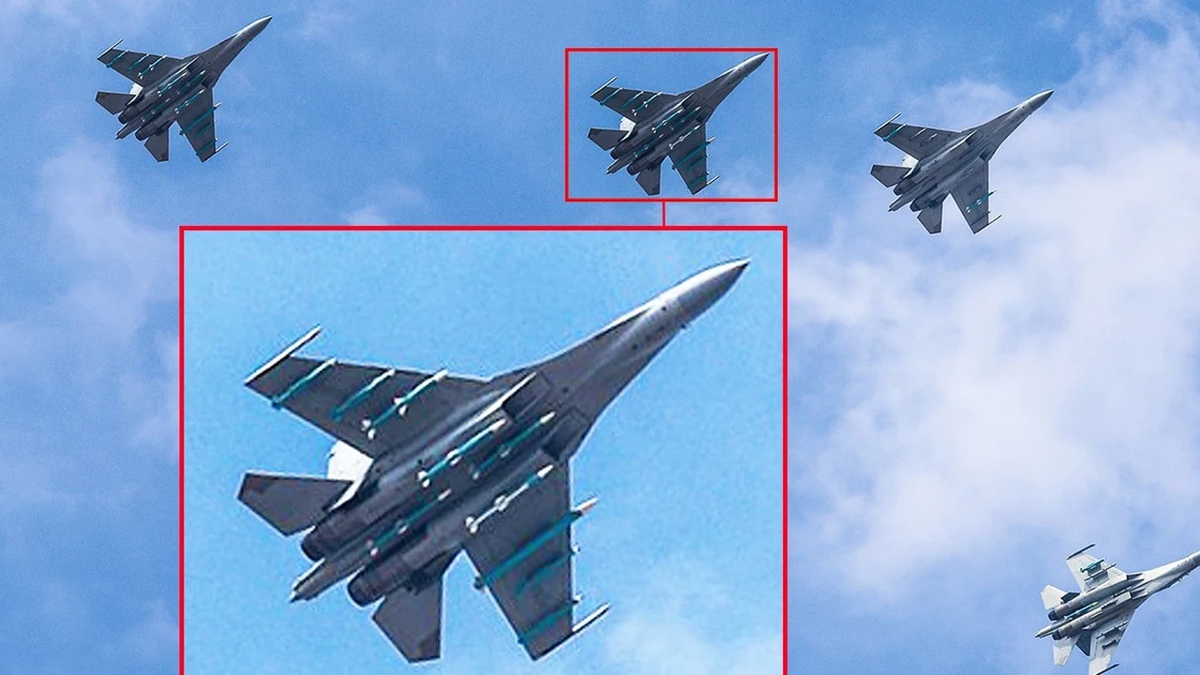


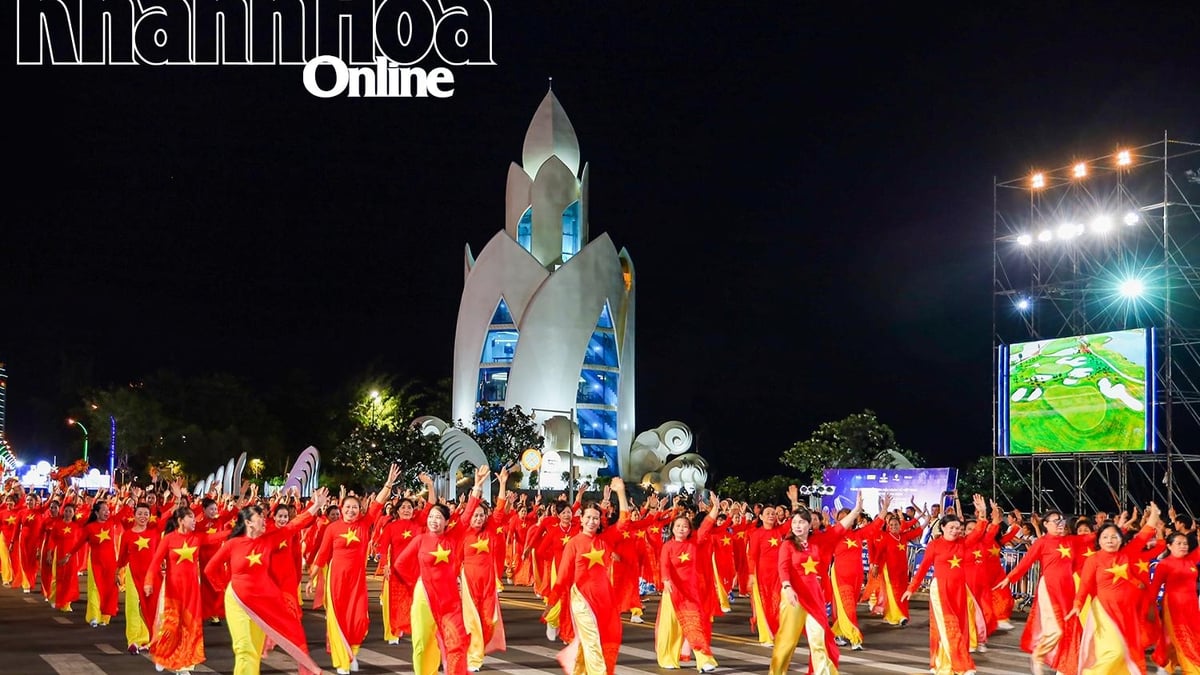
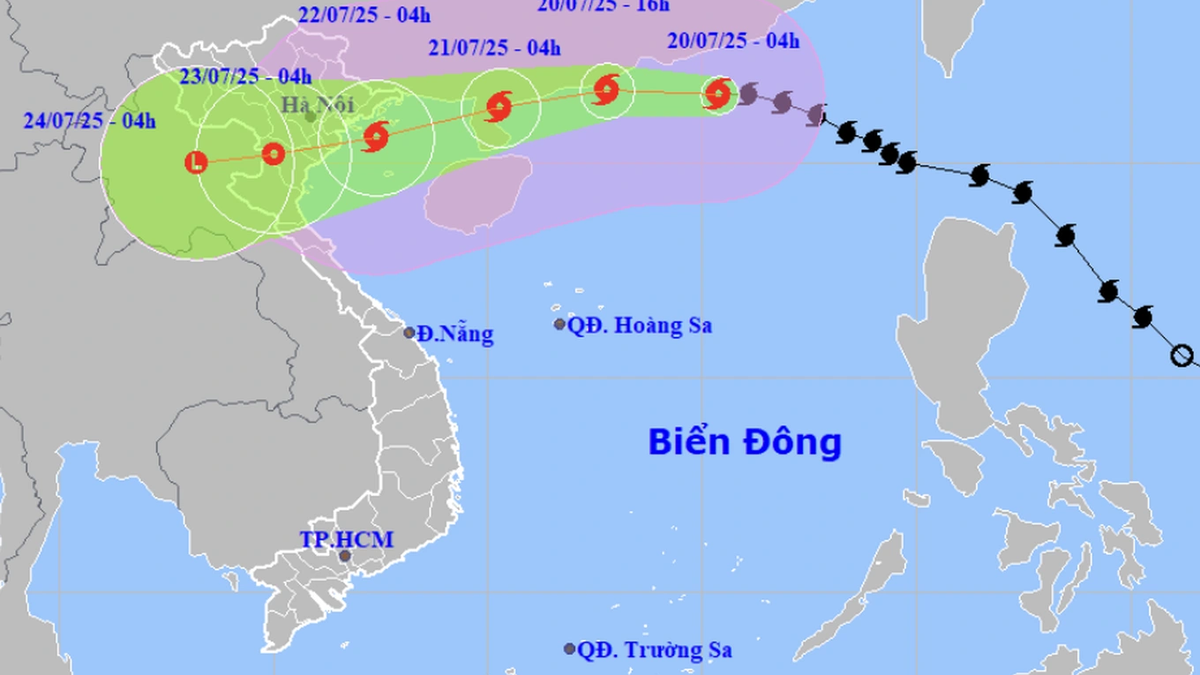



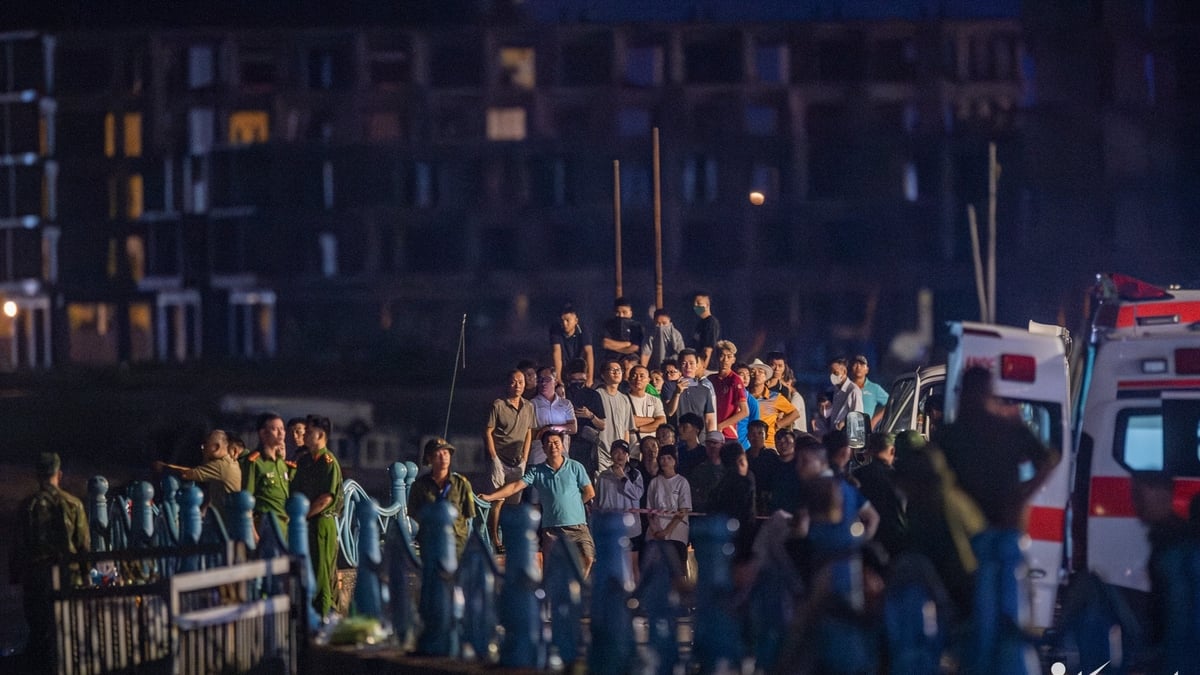
























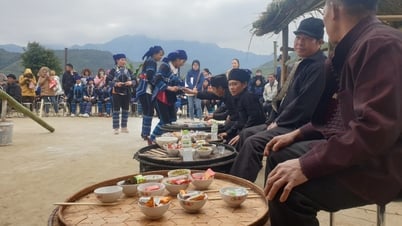



































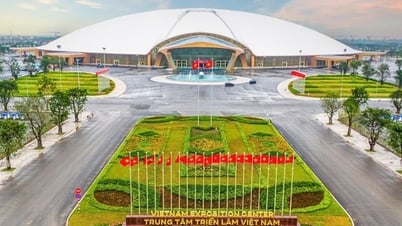
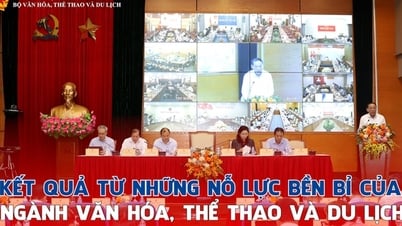
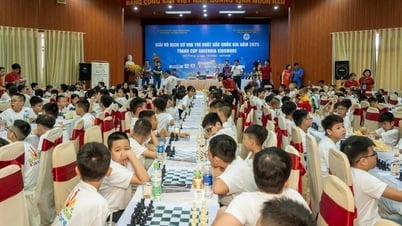























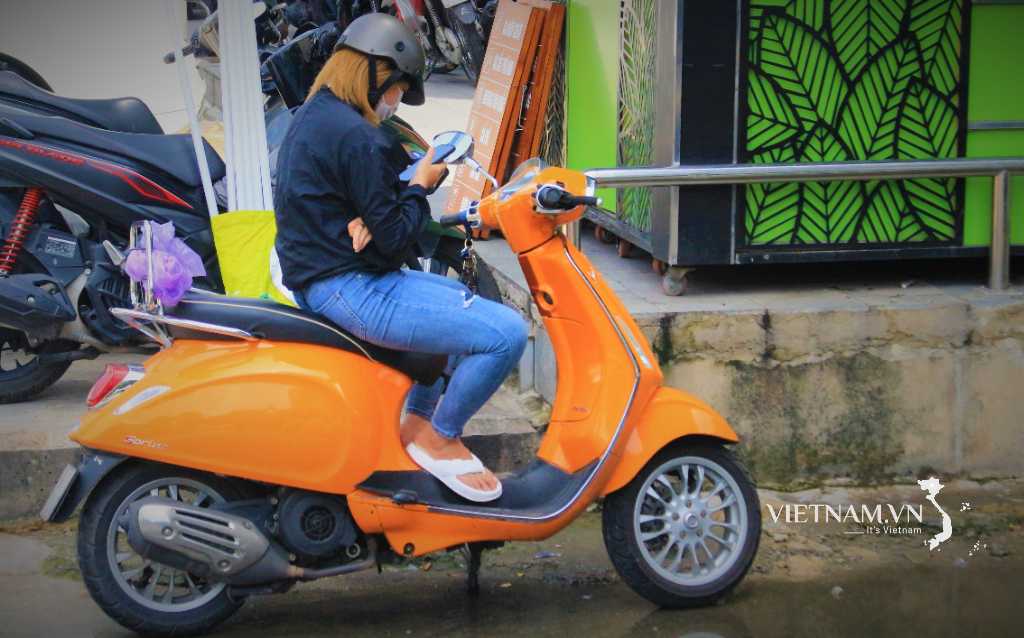

Comment (0)